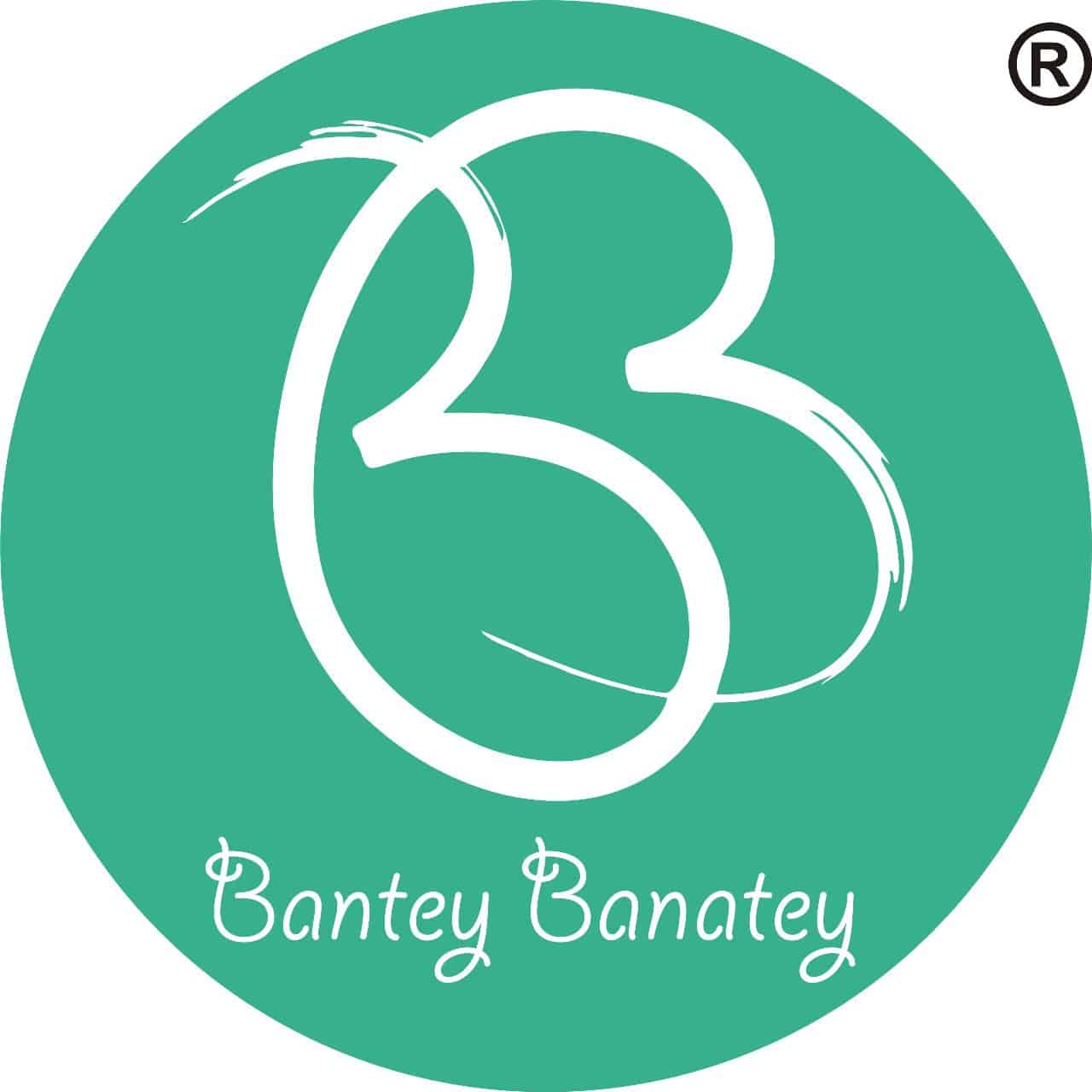A versatile tool for artists: The versatility of the canvas board
Canvas boards are a staple in the toolkit of novice and experienced artists, revered for their flexibility and ease of use. These boards are stretched with fabric and glued to a hard surface, usually paper or wood, to provide a stable and portable surface for painting unlike stretched fabric used in canvas is traditionally more durable and less susceptible to damage, making it particularly attractive artistic activities for:
- Outdoor Painting and Airbrushing: Their lightweight nature makes canvas ideal for artists who enjoy painting outdoors. It is easier to pack than a stretch fabric and offers a wind proofing.
- Small, advanced projects: The thick canvas makes it perfect for small, advanced works of art where accuracy is key.
- Experimentation: Artists experimenting with new techniques or materials find that canvases are more economical and less intimidating than large canvases.
- Education and Practice: Canvas boards in educational settings provide an excellent classroom for students who learn new and innovative techniques without investing in expensive materials.
How to choose the perfect Canvas Board
Choosing the right canvas board can greatly affect the outcome of your artwork. There are some important considerations.
- Size and portability: The size of the canvas board should match the scale of your event and the practicality of your office or travel needs. Smaller boards are handy for quick drawings or studies, while larger boards are better suited for more extensive work.
- Materials: Blankets are usually made from paper or extra hardwood. Cardboard is light and inexpensive but not durable, making it worth using and experimenting with. Wood, on the other hand, provides durability and stability, and is ideal for commercial projects intended for sale or exhibition.
- Texture and priming: The texture of the canvas surface can range from very smooth to soft, affecting the brushwork and appearance of the final piece. Most canvas boards are preloaded with gesso, making them ready for immediate use, and especially convenient for beginners or artists who want to dive straight into painting
Choose the perfect canvas for oil or acrylic painting
The type of paint you plan to use plays an important role in choosing the right canvas board, as oil and acrylic paints react differently to different surfaces:
- Oil Painting: Oil painting requires fabrics that can withstand oil damage over time. Pre-painted high-quality wood canvases are generally best for oil painting. The primer prevents oil from penetrating the fabric and the durable backing ensures that the artwork remains stable and crack-free.
- Acrylic Painting: Acrylic paint is extremely flexible and can adhere to a variety of surfaces, including wood and paper. However, hardwood flooring is advisable for longevity and stability, especially on large projects. Acrylics dry quickly and can be rubbed on without risk of cracking, making the canvas board option more versatile.
In conclusion, canvas boards offer artists a robust, versatile option for painting that combines the traditional appeal of canvas with the convenience of a more portable and durable surface. Whether you’re just starting out in the world of art or are a seasoned painter, understanding the nuances of canvas boards will help you choose the right support for your artistic vision and technique, whether working in oils or acrylics. This knowledge empowers artists to fully explore their creative potential with confidence and skill.
